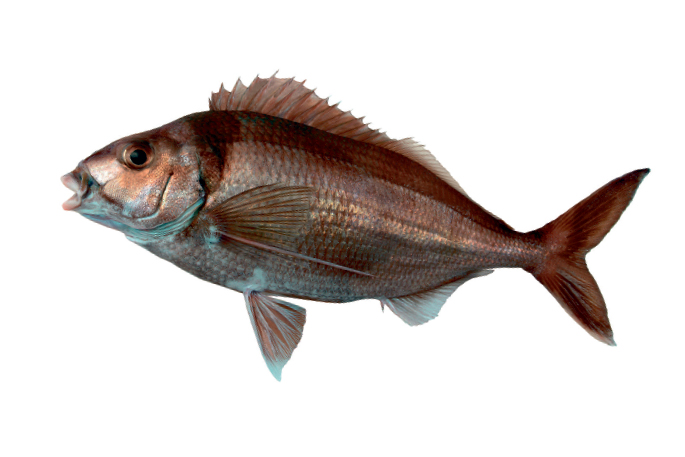Tarakihi are a popular table fish for good reason.
They have nice flaky, white flesh which makes them suitable for a variety of dishes when eaten fresh. Sadly, good catches are becoming few and far between and that can be put down to the poor state of east coast tarakihi stocks. This is a concern because depleted fish stocks have an impact beyond fishing. Depletion affects ecosystem function and can change the dynamics between species.
There is no denying it, tarakihi stocks on the east coast between Otago and Northland are in a bad way. The last two stock assessments show the stock is declining, edging closer to a collapse than any rebuild.
Bold decision made
During last year’s management review more than 9000 people supported the Minister of Fisheries, Stuart Nash, to make a bold decision. We asked him to cut commercial catches by 65% to enable the stock to rebuild in 10 years.
He only applied a 20% cut and reduced the overall allowances for recreational fishing. The Minister gave the fishing industry a year to develop their own rebuild plan. We’ve seen the industry’s recent plan and it doesn’t include any catch reductions.
We have to face reality. Tarakihi levels are at less than half that required by the official guidelines and stocks must be rebuilt.
Another management review is underway and LegaSea is calling for a 40% reduction to commercial catch limits. Only the Minister can apply the necessary cuts and Stuart Nash has our support.
There is no doubt that cutting commercial catches from October will have an impact on the inshore fleet and we sympathise with anyone who may lose their jobs. However, if the stock is allowed to collapse completely even more fishermen will lose their livelihood. It is unfortunate that the Quota Management System has evolved to a stage where our people on the water, working hard to make a living, bear the brunt of personal and financial risk associated with catching fish. Meanwhile, the quota owners have profited from charging those fishers a rental, and banked the profits from exploiting tarakihi. This is a failure of the QMS which incentivises investors to amass quota without even getting their hands wet.
Fishing methods that land fish of the highest quality also need to be developed and used so fishermen can earn more money from catching fewer fish. Currently, change is driven by a few dedicated innovators in the inshore fleet who receive very little help.
So, along with the need for innovation, we need to rebuild tarakihi to abundant levels. And, if we want to return to sharing the joy of Friday night fish and chips with our kids then we also have to stop trawling the life out of the inshore zone.
How can you help?
LegaSea wants you to get on board. LegaSea wants to power you up with new knowledge and then have you share that info with family, friends and colleagues.
Please sign up to receive digital newsletters and learn more. Donate or become a regular contributor LegaSea Legend. Get others involved – share our Facebook posts. Join the team - find out how to get more involved.



0 Comments
Leave a Comment